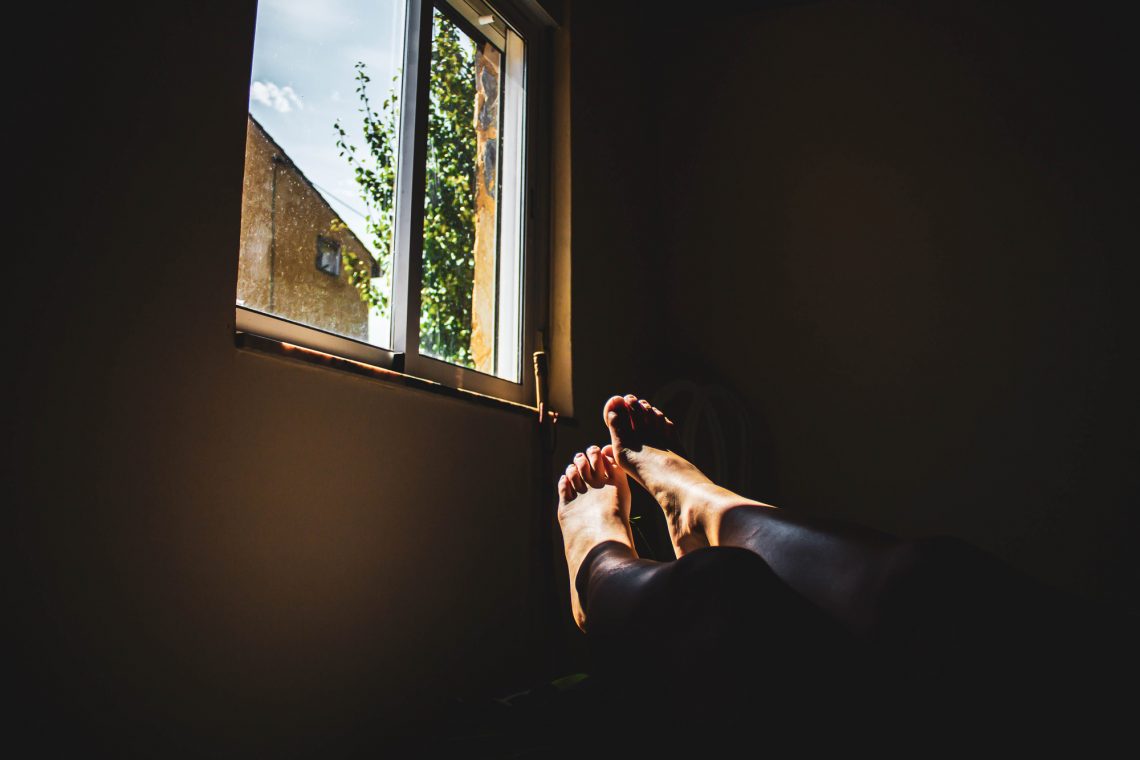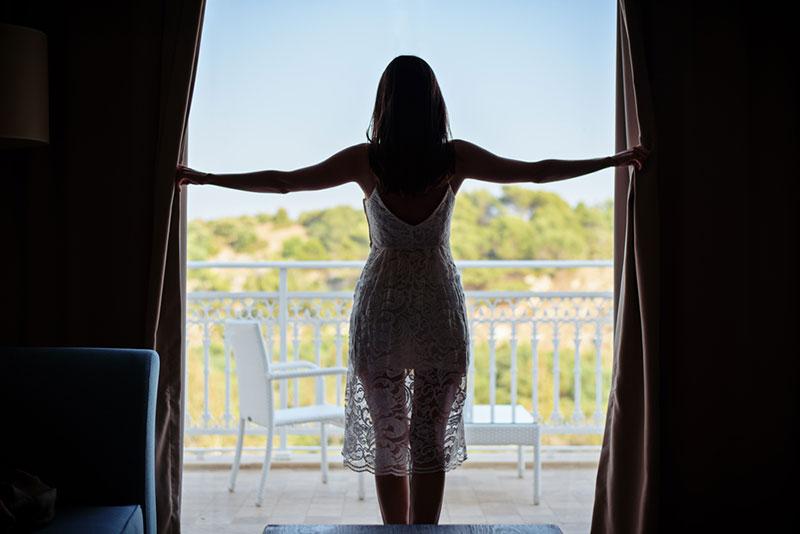Establishing a Point of View: Essential Principles and Examples
Whether you’re looking up, down, or straight at your subject, the way you face it completely changes the final image. The placement of your camera can distort the scene, change the perception of your subjects and open the photo to new interpretations. A tiny needle can look like an oil pipeline, and a concrete block can look like a Lego detail — it all depends on the point of view.
A lot of novices snap the majority of their photos straight on — it’s one of the easiest ways of taking a photograph, but also one of the most boring ones. If you want to add creative sparkle to your images, switching up your position every once in a while can lead to impressive results. With a bit of preparation, it’s easy to get started! Keep reading to see how different points of view can improve your photos and discover several fascinating examples.

What is a point of view?
A point of view is the position from which you photograph the scene. It determines your photo’s angle, perspective, and composition, capturing a specific view of your subject. Yet, it’s not only about the different positions of your camera — how close you are to the subject and whether there is anything in between can also change how your viewer sees the finished photo.
While there are many aspects your camera can take care of automatically — such as exposure, white balance, or shutter speed — choosing a point of view is a decision that even the best cameras in the world can’t make. Where to stand, how to approach the subject, and when to take the photograph are entirely the responsibilities of the photographer!
How can changing a point of view improve your photos?
As your creative visions evolve, you discover new ways of capturing usual scenes. Learning how to use different points of view in your photography practice can add depth to your visuals and help you grow your personal style.
While many of us raise the camera to our eye and point it in the general direction of a subject, not all photographs need to be taken from eye level — nor should they! This is one aspect that can make the difference between a great photo and a mediocre one.
Don’t go for your first idea when you come across a subject. When presented with a scene, try and think of unique ways to view it. Change your elevation. Kneel down or hold the camera above your head. Get closer to your subject or move further away. Go right or left. Turn diagonally, move aside, or get behind it. The point of view you choose dictates how the subject, foreground, and background are captured. It can increase or decrease the emphasis on certain scene elements, shift attention, and add complexity to your image.
The most common points of view to try
1. Juxtaposition
We are always surrounded by contrasts — in shapes, sizes, ages, or moods. That’s what juxtaposition is all about. It occurs when two or more individuals, objects, or circumstances are compared in a way that highlights style, irony, humor, or sadness. When you get it right, this contrast can create a very powerful aesthetic and conceptual effect.
For example, looking up at a blade of grass will have a greater visual impact than looking down at it. Or shooting a bird at eye level is much more powerful than a shot from below. Juxtaposition is about seeing a subject from a different perspective than the one you usually encounter in everyday life.
2. Becoming the subject
This point of view means that you shoot your photo from the angle of the subject. For example, a shot of meal preparation taken as if looking through the chef’s eyes, perhaps even with his hands visible within the frame. This point of view allows viewers to feel like they have firsthand experience of the event. Depending on your subject, a shot taken from this point of view can make your photos more engaging, compelling, or even slightly unsettling.
3. Worm’s-eye view
Worm’s-eye view refers to shooting from below as if you were a worm looking up at the world around you. This point of view creates the impression that your subject is much larger than it actually is. It goes hand in hand with different psychological effects. For example, your photo can make the viewer feel vulnerable and intimidated even if your subject isn’t frightening. Simply shooting from below your subject introduces power and strength, creating an effect that the subject is in control of a scene.
4. Bird’s-eye view
Photographing from above is sometimes called a bird’s-eye view, as if you were a bird flying over the subject. It could be taken from a high vantage point, as if you were up in the sky on a plane, or captured slightly above your subject, as if you were standing on a ladder or holding a camera above your head. This point of view can make viewers feel superior to your subject as if they had power over the situation. It can also sometimes convey a sense of protectiveness to the subject.
To wrap up
If you’ve found yourself stuck with taking photographs that tend to look the same, try to switch things up! Once you have your subject in focus, try to capture it with several of the suggested points of view and see which one works best. Believe it or not, your possibilities are endless! Even the slightest change in the angle or perspective can have an immense effect on your photos. No matter how limited your scene is, different points of view can open up your pictures to new interpretations. Keep your eyes open and your camera ready!
Other articles you may find interesting
Camera Shots Explained: The Ultimate Guide to 8 Most Common Types of Shots
Understanding Common Aspect Ratios for Images and Video
How to Protect Your Content from Theft on the Internet
An Ultimate List of 40 Photography Types to Learn and Master












